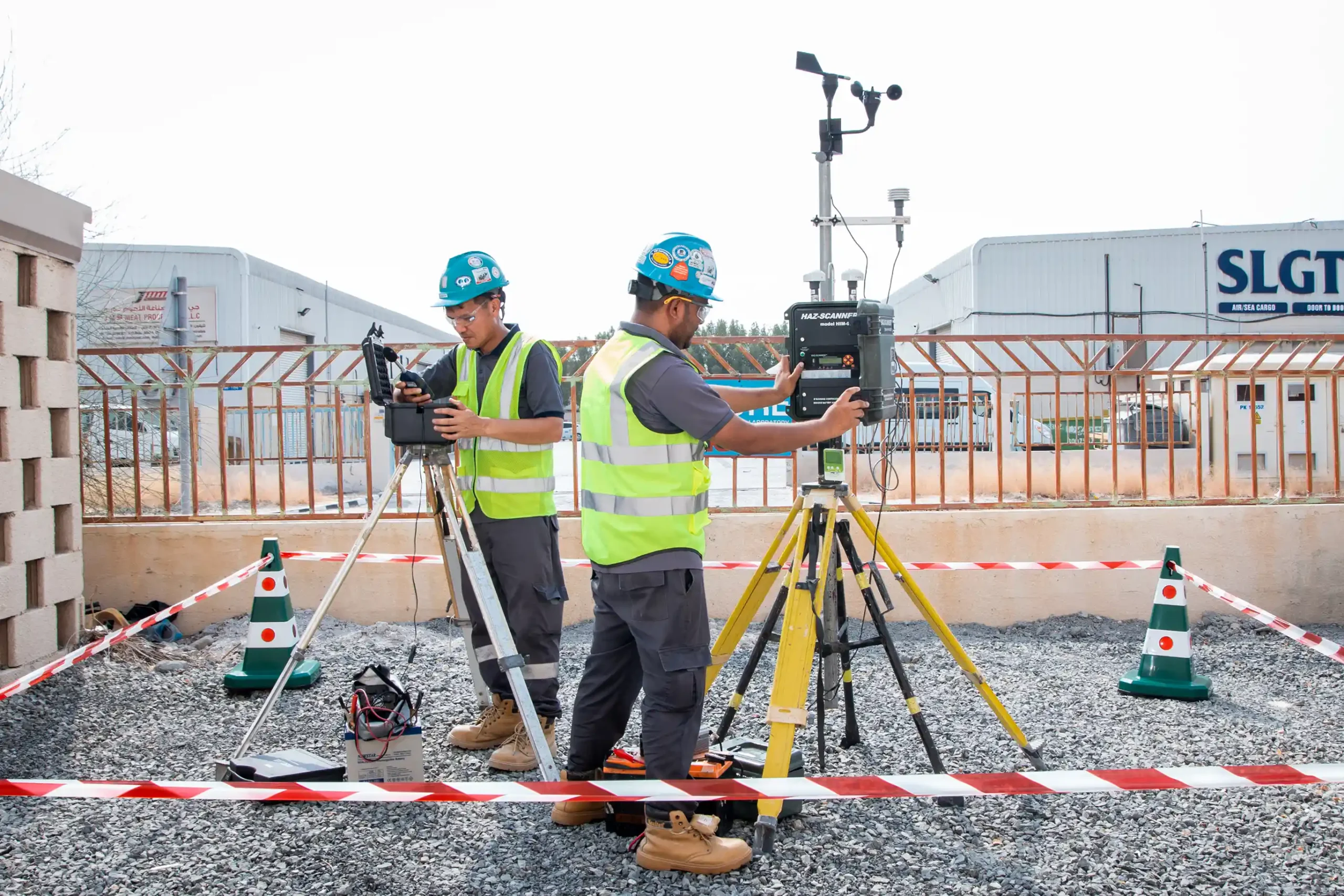In today’s fast-paced world, large-scale projects are essential for economic growth and infrastructure development. However, such projects can significantly impact the environment. To strike a balance between development and sustainability, conducting an Environment Impact Assessment is crucial. This process helps identify potential environmental consequences and paves the way for mitigation strategies.

What is an Environment Impact Assessment?
An Environment Impact Assessment is a systematic process used to evaluate the environmental, social, and economic impacts of a proposed project. It ensures that decision-makers consider environmental implications before approving a project. EIAs are mandatory for many large-scale projects, such as industrial plants, highways, and energy facilities.
Benefits of Conducting an Environment Impact Assessment
- Promotes Sustainable Development
EIAs encourage sustainable development by identifying potential environmental risks early in the planning phase. This allows project developers to implement measures that minimize harm to ecosystems.
- Compliance with Legal and Regulatory Requirements
Most countries have stringent environmental laws requiring an EIA for large-scale projects. Completing an EIA ensures compliance with these regulations, reducing the risk of legal complications.
- Protects Natural Resources
By analyzing the potential impacts on air, water, soil, and biodiversity, EIAs help safeguard natural resources for future generations.
- Enhances Public Participation
The EIA process often involves public consultations, allowing communities to voice their concerns and contribute to decision-making. This promotes transparency and builds trust among stakeholders.
- Reduces Long-Term Costs
Addressing environmental risks during the planning phase can prevent costly damages and delays later in the project lifecycle.
Challenges of Conducting an Environment Impact Assessment
- Time-Consuming Process
An EIA can be a lengthy process, involving extensive data collection, analysis, and stakeholder consultations. This may delay project timelines.
- High Costs
Conducting a comprehensive EIA requires significant financial resources, including hiring experts and conducting field studies.
- Complexity of Assessments
Large-scale projects often involve multiple environmental factors, making the assessment process complex and challenging to manage.
- Resistance from Stakeholders
Some stakeholders may resist the EIA process, especially if they perceive it as a hurdle to project approval or economic development.
- Uncertainty in Predictions
Despite using advanced models and methodologies, predicting the exact environmental impact of a project can be challenging, leading to uncertainties.
Key Steps in the EIA Process
- Screening: Determining whether a project requires an EIA and the level of assessment needed.
- Scoping: Identifying the key environmental issues and setting the boundaries for the assessment.
- Impact Analysis: Evaluating the potential environmental, social, and economic impacts of the project.
- Mitigation Measures: Proposing strategies to avoid, reduce, or compensate for adverse impacts.
- Public Participation: Engaging with stakeholders to gather input and address concerns.
- Reporting: Preparing an Environmental Impact Statement (EIS) that summarizes findings and recommendations.
- Decision-Making: Reviewing the EIS and approving or rejecting the project.
- Monitoring and Compliance: Ensuring that mitigation measures are implemented and monitoring ongoing impacts.
Conclusion
Conducting an Environment Impact Assessment is a critical step for ensuring that large-scale projects are environmentally sustainable and socially responsible. While the process presents challenges such as time and cost constraints, its benefits far outweigh the drawbacks. By promoting transparency, compliance, and resource conservation, EIAs help developers make informed decisions that balance development with environmental protection.
For professional guidance on conducting an Environment Impact Assessment, reach out to CoreLab.org today and ensure your projects align with global sustainability standards.






0 comments:
Post a Comment